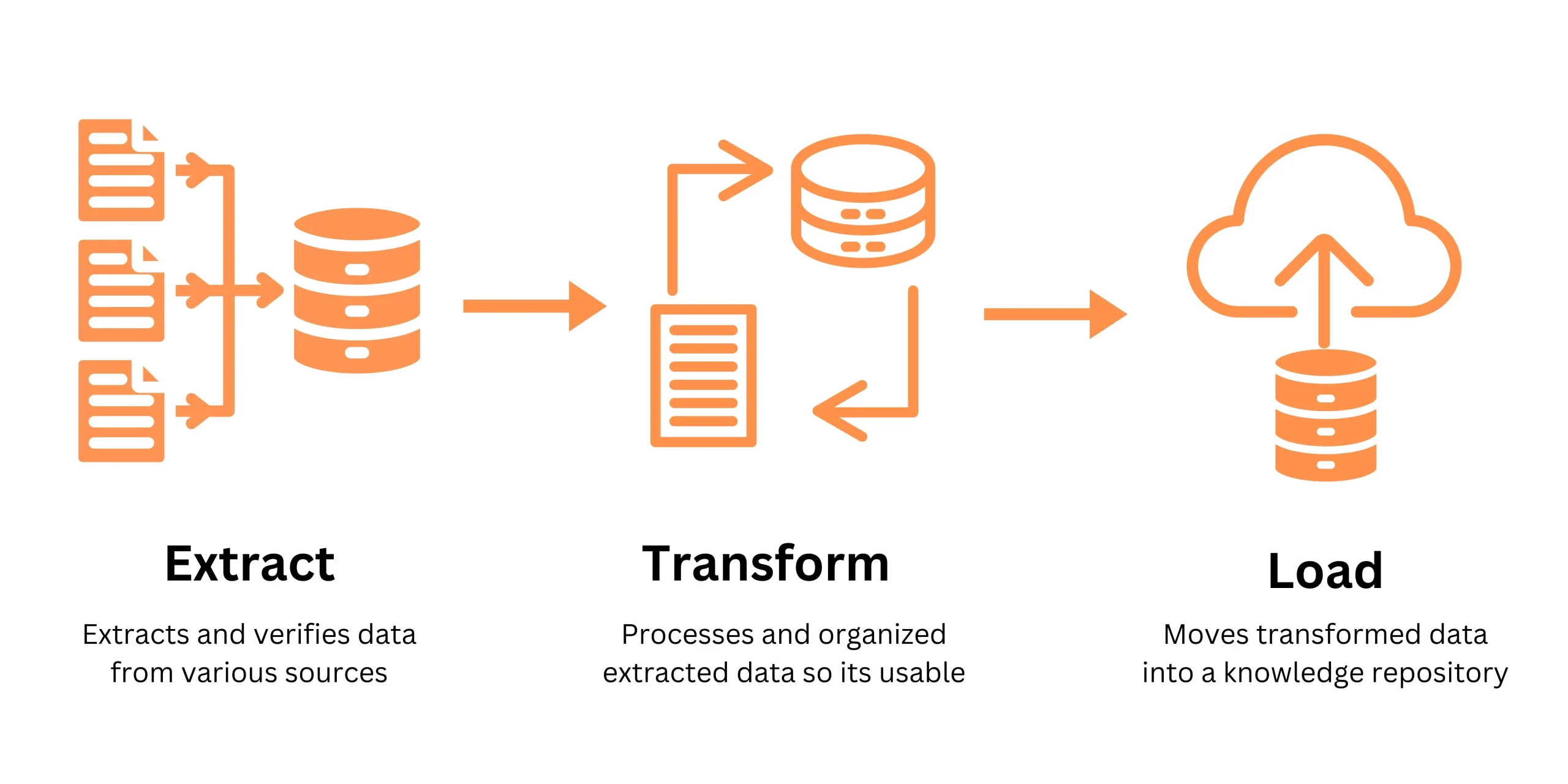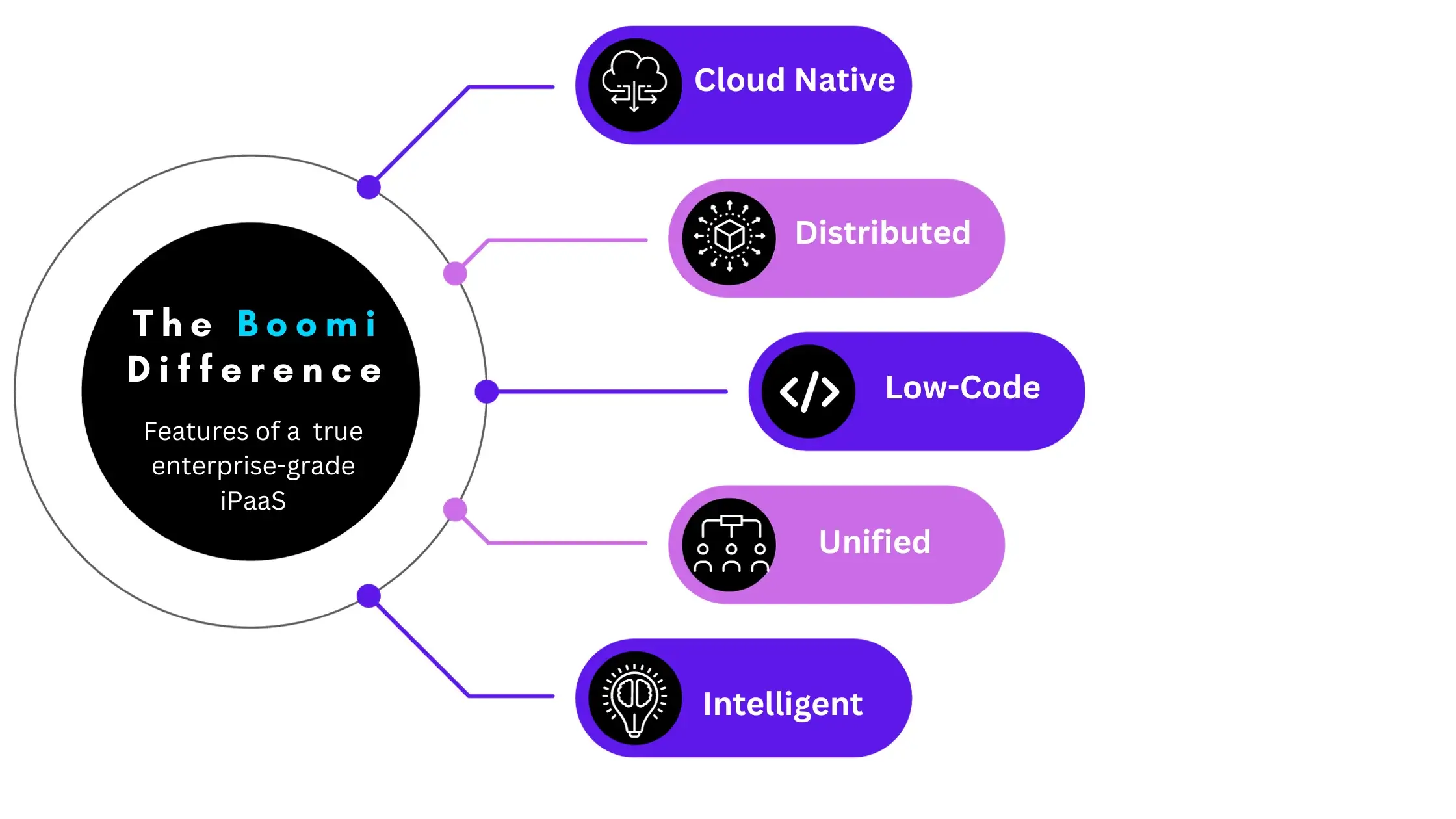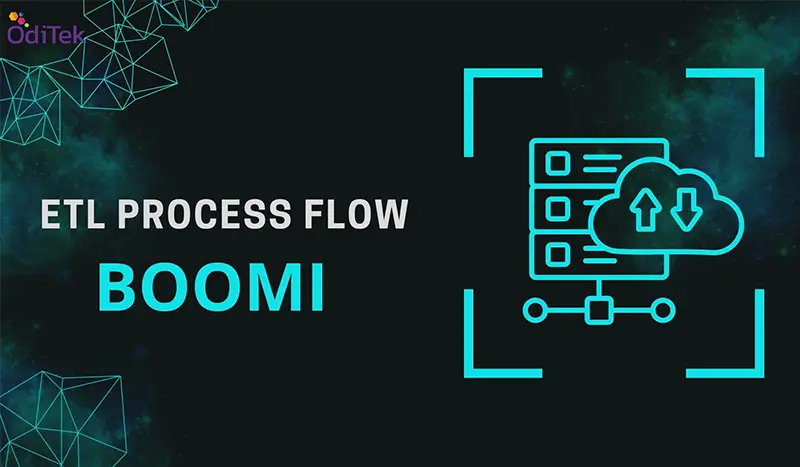In the dynamic landscape of modern business, data is the lifeblood that fuels informed decision-making and drives innovation. To harness the full potential of data, organizations often rely on (Extract, Transform, Load) ETL processes. ETL systems are the backbone of data integration, enabling seamless data movement between systems and transforming it to meet specific requirements.
ELT systems define the core stages of data processing. In the Extract phase, data is sourced from various outlets focusing on efficiency and data integrity. Post-extraction, data undergoes Loading into a centralised storage system, while Transformation refines it for analysis by cleaning, normalizing, and merging data sets. ELT processes are essential, enabling businesses to efficiently manage and analyse vast volumes of data, driving informed decisions and insights.
Components of ETL
ETL systems refer to the three key stages of data integration. Each stage serves a distinct purpose in the journey of data from source to destination. This process involves the following stages:
Extract
ETL process, the extraction phase acts as the cornerstone, gathering data from diverse origins. This phase sets the foundation by gathering raw data for analysis and integration.
Transform
Data collected in the extraction phase; rarely aligns perfectly with the intended analytical structure. Data collected in the extraction phase often needs to be cleaned, standardized, and enriched to make it usable. Transformations can include data validation, aggregation, and formatting.
Load
The final phase of ETL process flow involves the load phase, where the refined and transformed data finds its ultimate destination, whether it be a data warehouse, database, or another repository. Ensuring a seamless and efficient transfer of the processed information is imperative during this stage.
ETL Processes

Boomi is a cloud-based integration platform as a service (iPaaS) that offers a variety of features for ETL Systems, including:
1. Connectors
Boomi comes packed with ready-to-use connectors spanning databases, CRM, ERP, and cloud apps, streamlining ETL flow. Enabling smooth data extraction, transformation, and loading between various systems. For instance, it simplifies syncing customer data between Salesforce and ERP systems like SAP, expediting integration while ensuring data coherence across platforms.
2. Data Mapping and Modeling
Boomi excels at effortlessly translating data between different formats, a crucial aspect of the ETL systems. This intuitive drag-and-drop approach empowers users, even those without extensive coding experience, to efficiently manage complex data integration tasks. In essence, ETL flow provides features for mapping source data to destination data models, ensuring seamless data flow through ETL process flow.
3. Data transformation
Boomi’s data transformation tools act like digital alchemists—cleansing, filtering, and aggregating data with finesse. This ETL process flow-centric approach within Boomi not only enhances data quality but also ensures that transformed data aligns with the specific requirements of the target systems, contributing to more effective and delivering a performance that amplifies business intelligence.
4. Process orchestration
Boomi allows you to orchestrate your ETL processes into workflows, so you can automate your data integration.
5. Error handling
Robust ETL systems streamline issue identification with early detection, mechanisms for error handling, logging, customizable responses, and automatic rerouting. Integration with monitoring tools provides a holistic view, while alerts aid quick responses. Error classification, escalation procedures, and continuous improvement contribute to efficient issue management, supporting compliance and enhanced reliability and maintaining data integrity.
Boomi ETL in Action
Let us take a closer look at how Boomi simplifies ETL processes by providing the below tools:
1. Data Source Setup: Begin by configuring your data source within Boomi. This could be an application, database, or file location.
2. Transformation: Boomi’s intuitive interface allows you to design data transformations visually, without writing code. You can validate data, apply business rules, and manipulate data as needed.
3. Loading Data: Once data is transformed, you can load it into your target system. Boomi’s connectors make this process seamless.
4. Monitoring and Optimization: Boomi offers robust monitoring and logging capabilities, enabling you to track the performance of your ETL processes and identify areas for improvement.
5. Improve data quality: Boomi ETL can be used to clean and standardize data before it is loaded into a data warehouse or other target system. This can help to improve the quality of data analysis and reporting.
6. Improve customer experience: Boomi ETL can be used to integrate data from different customer systems, such as CRM and marketing automation systems. This can help to create a more unified view of the customer and improve the overall customer experience.
7. Accelerate innovation: Boomi ETL can help organizations accelerate innovation by making it easier to integrate new data sources and applications.

Why Boomi for ETL Processes?
Boomi is a leading Integration Platform as a Service (iPaaS) that simplifies ETL process flow. Here is why it is an excellent choice for ETL systems:
1. Cloud-based: Boomi is a cloud-based platform, so you do not have to worry about installing or
maintaining any software.
2. Easy to use: Boomi is designed to be easy to use, even if you do not have any programming experience.
3. Scalable: Boomi is scalable to meet the needs of businesses of all sizes.
4. Affordable:Boomi is a cost-effective solution for ETL systems, especially when compared to on-premises solutions.
5. Efficiency: Automated data transformations and integrations enhance operational efficiency.
6. Historical Data Analysis: ETL processes can be configured to capture and store historical data, facilitating trend analysis and long-term insights.
7. Time and Cost Savings: Automation reduces manual intervention, saving time and resources. ETL
processes can efficiently handle large volumes of data, optimizing overall costs.
Conclusion
Boomi’s ETL systems capabilities offer a user-friendly, efficient, and scalable approach to data integration. Whether you are a small business looking for a cost-effective solution or a large enterprise in need of robust data integration, Boomi’s ETL process flow in a low-code/no-code environment simplifies the process while ensuring the integrity and quality of your data. Unlock the true potential of your data with the Boomi ETL systems.
At OdiTek, we understand the critical role of data integration in today’s digital era. Our expertise in
Boomi ETL systems ensure that businesses can navigate this complex terrain effectively.







